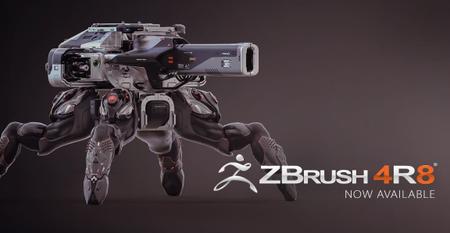

The plugin itself is now free, and comes pre-installed with ZBrush, but KeyShot for ZBrush, the old low-cost edition of the renderer, has been discontinued. Youll be surprised at how close the result comes to a.jpg export in terms of color fidelity and image quality.The original teaser for the ZBrush to KeyShot Bridge. PNGs are the old standard for print images, so you know that it wont have any issues when you export. An easy way to accomplish this is to use a.png file instead of a.jpg file as your base. In short, there are still better options out there for exporting.Because KeyShot for ZBrush only works with either a.ZBrush or.ZTool file, I suggest using the ZBrush to Keyshot Bridge for creating a final render. You can use them as a base to make working on your model easier, but, they can also cause a lot of headaches if youre not careful. So while they are useful for creating renders for presentation, they are a little bit of a pain in the butt for working on. While most (all? I cant verify 100%) of the.jpg export plugins are buggy in some way or another, you have to use the.jpg files as a base to complete the model in ZBrush. But again, while they will make your workflow much easier, youll still have to export your finished file from those first.While we are on the subject of exporting, lets talk about.jpg export. Theres a couple of programs out there that are able to parse.ZBrush files. This doesnt mean that it cant be done though. Like everything else, the most basic aspects of the logo are in place, so a lot of the rest is already done for me.So your best bet for editing textural features is if you export them out of ZBrush in the first place.

The only problem I have had thus far is that it does not allow me to edit the parts and objects of the logo. It is fairly easy to learn and seems very intuitive. So, Ive used the Zbrush application and it is a great learning experience for all levels, from absolute beginners to hardened professionals.


 0 kommentar(er)
0 kommentar(er)
